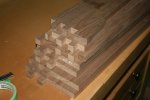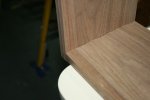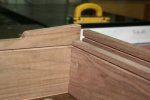Thanks Rob,
I did a chest-on-chest for a couple that had the cloud lift for the upper and lower row of drawers creating a tsuba shape for the middle row of drawers. I wish I had a picture of it. They were thrilled but, it looked
very Asian. By that I mean it had gone beyond "influence" and moved into something that gave me the "feeling" of a Chinese lacquer box.
It is interesting how design is so subjective since I do use that tsuba shape rather boldly on the sides although in a vertical orientation and feel fine about it. Its like the quandary of why something is funny, I hear a joke and its . . . meh. I hear a similar joke and laugh hysterically. I see a style and its just OK, then a very similar piece will really grab me.
You bring to light the fact that so many people like so many different things. It helps me when folks here make such observations; it wakes me up and keeps me from drowning in my own style/preferences pond. If we are only making things for ourselves, we can do whatever we want. If we hope to catch someone else's eye, we have to keep experimenting. Thanks for the reminder

.
I get to gang two pairs of drawer front for cutting the fingers. The rest are done alone. This is the virgin run for a DeWalt dado stack I picked up at a too-low-to-pass-up price on amazon a while back.
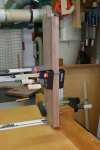
.

I will use the fronts as a guide to mark the finger locations on the sides of the drawer boxes similar to marking out dovetails.
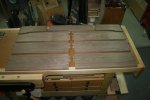
My bench-on-bench makes this easy. I have added jigs and fixtures over the years and now have a pretty decent way of getting through these operations. I mark the opposite fingers with a knife, transfer the marks through a piece of tape on the edge of the material. I have loads of white pencils as I use a bit of walnut but, the tape system seems to work even better for this sort of thing.
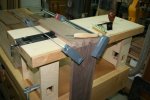
.

I remove the waste (I try to cut it just a bit fat), remove a too-tight area hear and there with a chisel and it looks like so.

I'll be gone for awhile now since I have about a gazillion more of these to do


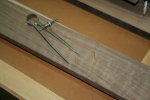
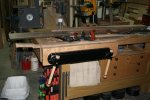




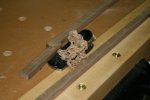
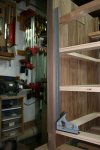
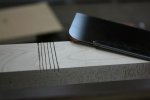
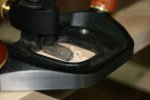

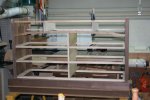
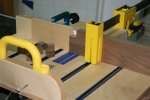
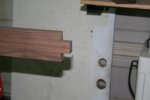
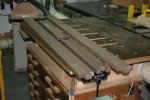
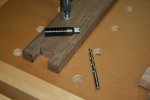
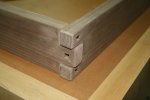
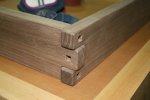

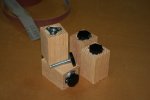
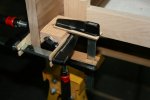
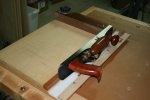
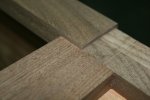

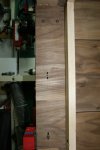

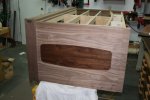

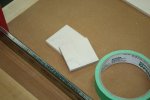
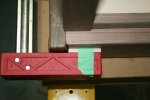
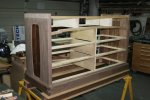

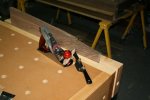

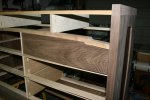
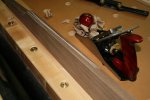
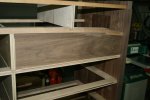
 I feel that, hey I've spent a whole lot of time on this now it's time to cut it all up
I feel that, hey I've spent a whole lot of time on this now it's time to cut it all up 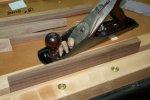


 .
.






